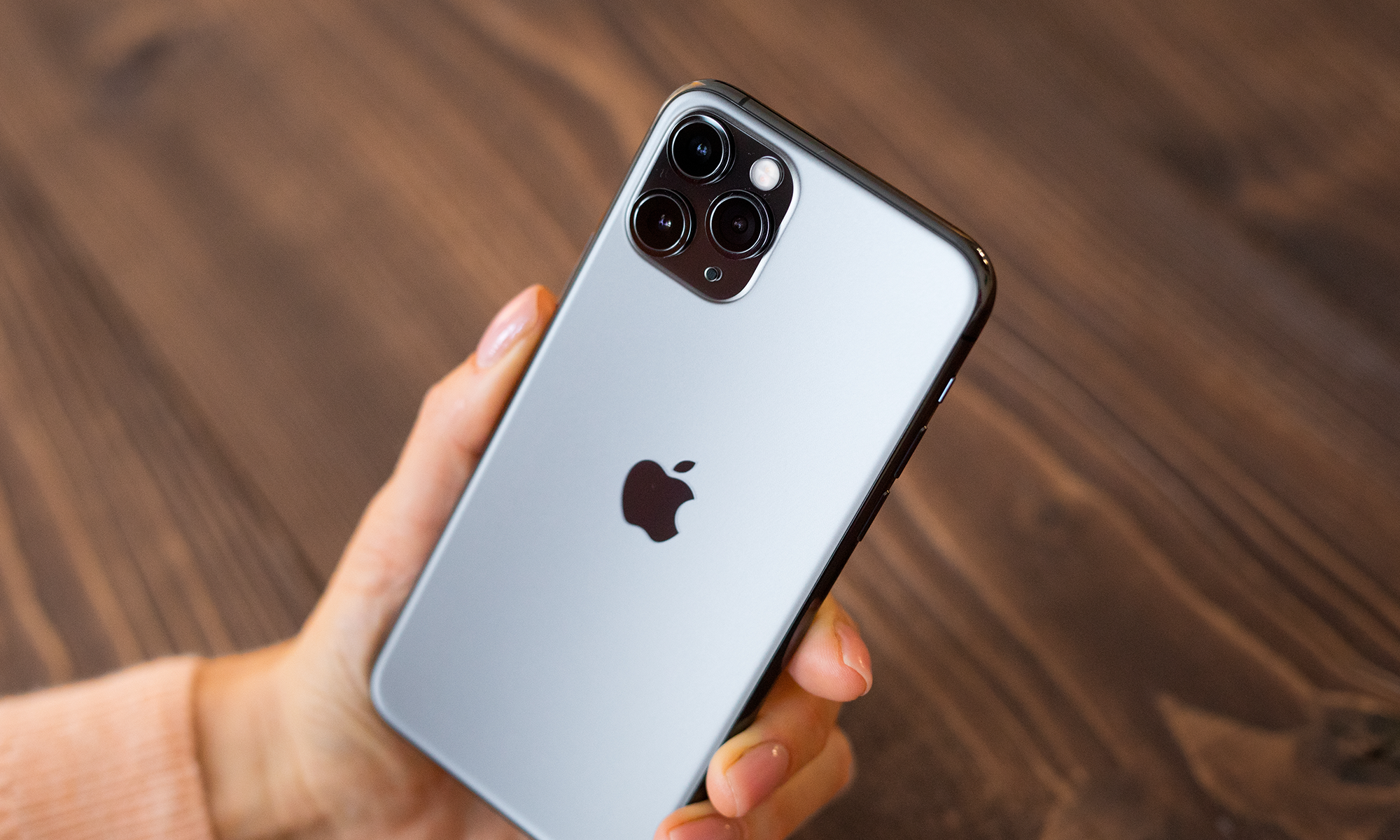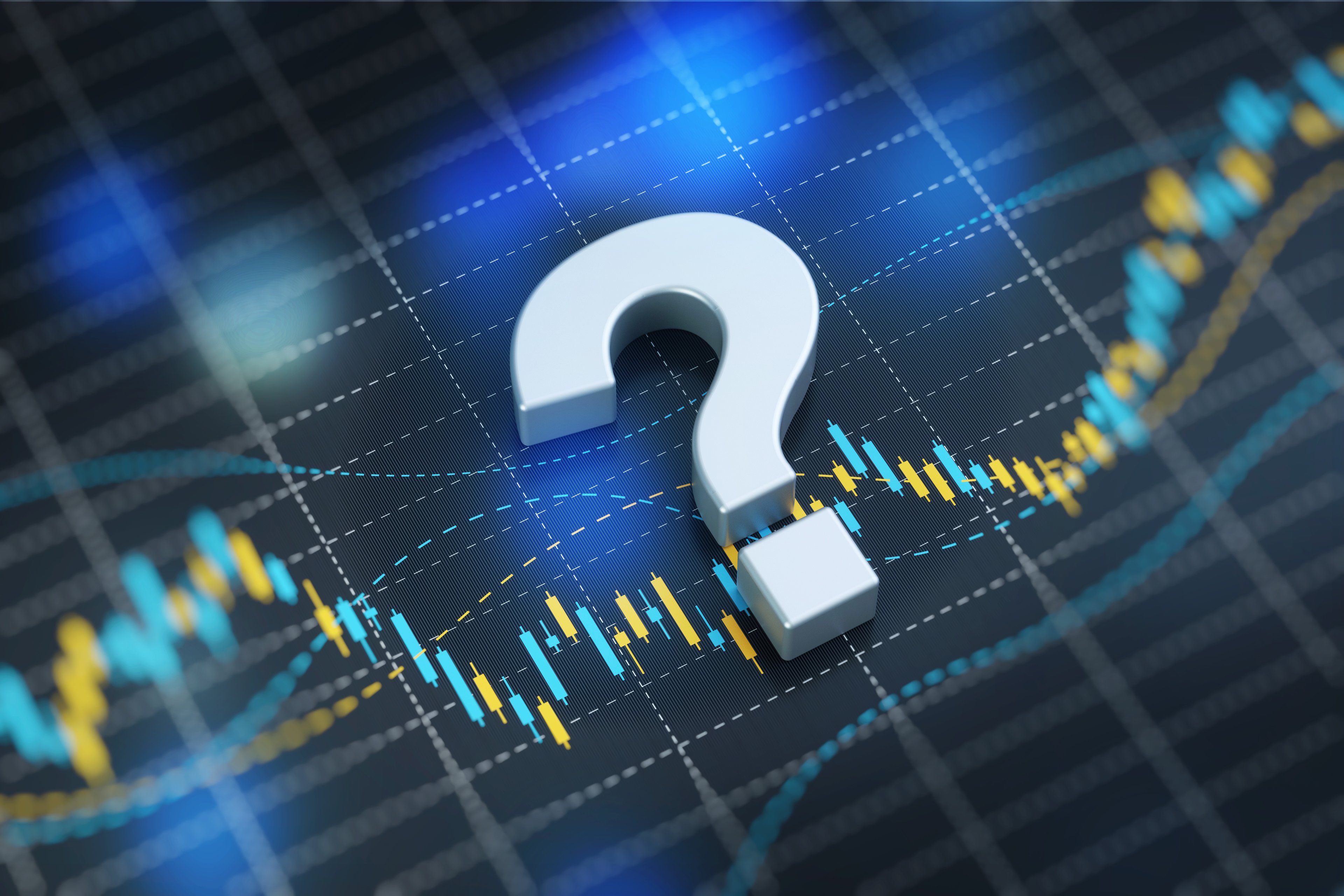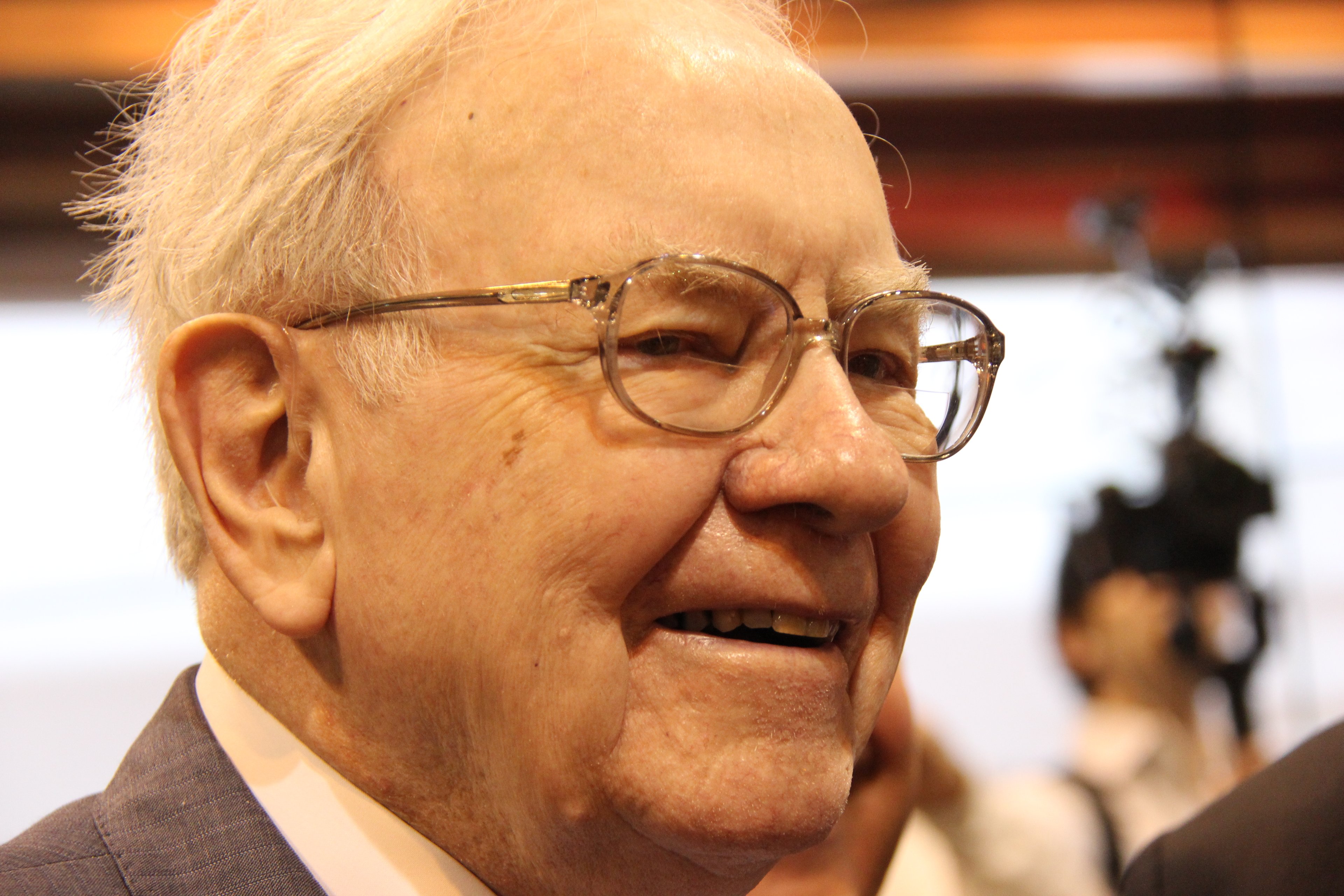Check out the latest Apple earnings call transcript.
After being plagued for months by reports of poor demand for the new iPhone XR, Apple (AAPL 0.06%) has been on the defensive regarding its most affordable 2018 iPhone, which launched at the end of October. Marketing exec Greg Joswiak said in November that the iPhone XR was the company's "most popular iPhone each and every day since the day it became available," which CEO Tim Cook echoed in an interview with CNBC's Jim Cramer earlier this month.
Not that anyone really thought Apple was being disingenuous, but third-party researcher Consumer Intelligence Research Partners (CIRP) released more detailed estimates today that support Apple's relatively vague statements, along with other data points.

Image source: Apple.
Survey says
CIRP estimates that the iPhone XR represented 39% of sales in the December quarter, making it the most popular model by far even though it was only available for approximately two-thirds of the quarter. That's a greater proportion of sales than the iPhone 8 and 8 Plus combined grabbed a year ago, according to CIRP's estimates, which are derived from a survey of 500 Apple customers in the U.S. that was conducted during the quarter.
As far as the flagship iPhone XS and XS Max go, the higher-end models combined represented about 26% of sales, with the larger iPhone Max selling twice as many units as the XS. Storage upgrade activity was also stronger this time around, with 38% of customers upgrading storage capacity, up from 33% a year ago.
It's not clear what could be driving that higher uptake, as Apple's storage pricing didn't change much since last year, other than adding another higher tier for 512 GB configurations. The company increased the base iPhone storage to 32 GB in 2016, addressing long-standing user complaints that entry-level models didn't include sufficient storage, and further bumped the base capacity to 64 GB in 2017.
With larger and more expensive storage options -- iPhone XS Max with 512 GB of storage costs nearly $1,500 -- and factoring in the estimated product mix, CIRP believes that iPhone average selling prices (ASPs) were able to reach "well over $800." That would represent a new record, topping the $796 ASP that Apple achieved in Q4 2017 following the launch of iPhone X. But investors will never know if this estimate is accurate, given Apple isn't disclosing unit sales or ASP data anymore.
iPhone units may have fallen 16% -- or more
If CIRP's estimates are accurate, that would actually point to a troubling development. Investors already know that iPhone revenue in the December quarter was approximately $52.2 billion (down 15% year over year), based on Apple's revised guidance issued at the beginning of the month. An ASP of $800 would translate into iPhone unit volumes of just 65.25 million -- a 16% year-over-year decline and the lowest number of iPhones sold in a holiday quarter since 2013.
|
Quarter |
iPhone Units |
|---|---|
|
Q4 2013 |
51 million |
|
Q4 2014 |
74.5 million |
|
Q4 2015 |
74.8 million |
|
Q4 2016 |
78.3 million |
|
Q4 2017 |
77.3 million |
Data source: SEC filings.
That seems quite plausible, as a 16% drop in units would fit alongside the 15% drop in revenue and a modest increase in ASP. CIRP thinks ASPs were "well over $800," and higher ASPs would translate into even lower unit volumes. The unit decline could be even worse.
Contrary to Apple's assertion that unit sales don't matter, they clearly still do.






